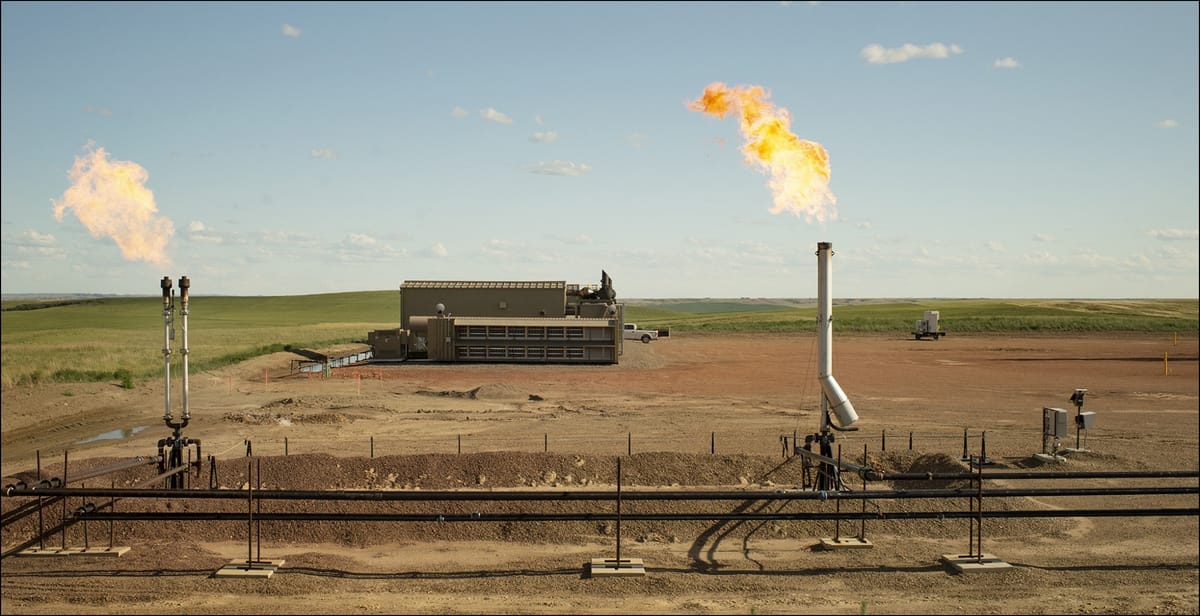
Crusoe, an AI infrastructure company backed by NVIDIA and Founders Fund, has locked in 4.5 gigawatts of power through a joint venture with Engine No. 1, a San Francisco-based investment firm. The deal—one of the largest of its kind—will provide direct power from natural gas turbines to AI data centers, bypassing traditional utilities struggling to meet demand. Crusoe is now in discussions with major tech players, including OpenAI’s $500 billion Stargate project, Google, and Meta, all of whom are racing to secure energy for their AI operations.
Key Points:
- Crusoe secured 4.5GW of natural gas power, enough to run millions of NVIDIA AI chips.
- Deal involves seven GE Vernova turbines purchased by Engine No. 1 and Chevron, bypassing grid constraints
- Crusoe’s partnership with Engine No. 1 will fast-track large-scale AI infrastructure by 2027.
The AI has an energy problem, and Crusoe is positioning itself as the solution. What began as a crypto mining operation using excess natural gas from oil wells has transformed into a vertically integrated AI infrastructure provider valued at $2.8 billion, attracting investments from Peter Thiel's Founders Fund and now partnering with Engine No. 1 on one of the largest power deals in data center history.
The scale of current AI infrastructure plans is staggering. OpenAI's Stargate project aims to spend $500 billion on data centers requiring more than 5GW of power, while Meta has discussed a $200 billion data center project with similar power needs. For perspective, Northern Virginia—the world's densest data center hub—doesn't have that much capacity in total.
Traditional utility companies have been understandably cautious about rapidly expanding power generation, fearing potential overcapacity if AI demand somehow fizzles. This hesitation has created an opening for companies willing to take calculated risks on power procurement.
"Speed-to-market is the most critical aspect of powering AI development in the United States," said Christopher James, founder and chief investment officer of Engine No. 1. The investment firm is taking a significant gamble that demand for AI computing power—and the electricity to run it—will continue its meteoric rise.
Crusoe already has skin in the game, developing a 998,000 square foot AI data center in Abilene, Texas, where it's working with Oracle to bring online a cluster of NVIDIA's newest AI chips for OpenAI in the coming weeks. That facility is partly powered by a 300 megawatt gas turbine power plant built on-site—a model that may be replicated at larger scale with the new turbines.
While Lochmiller declined to specify whether any of the new 4.5GW would go toward Stargate specifically, the timing aligns with Stargate's goal to secure about 6GW of power by 2030. The joint venture plans to identify several potential sites for placing the turbines, with construction of data centers to follow.
The partnership represents a significant evolution in how computing infrastructure is developed. Rather than waiting years for grid connections and power allocation from utilities, companies are increasingly bringing energy generation directly to their facilities—particularly with natural gas, which the Trump administration has been enthusiastic about supporting despite its higher carbon footprint than renewable alternatives.
According to the press release, the companies do plan to incorporate post-combustion carbon capture systems at these facilities, suggesting some awareness of environmental concerns even as they prioritize rapid deployment.
For perspective on just how massive this power procurement is, consider that Microsoft's entire Azure global data center footprint was approximately 5GW in 2023. CoreWeave, another NVIDIA-backed data center startup, projects less than 1.6GW of power by the end of 2027—yet forecasts over $20 billion in revenue that year from renting server capacity.

